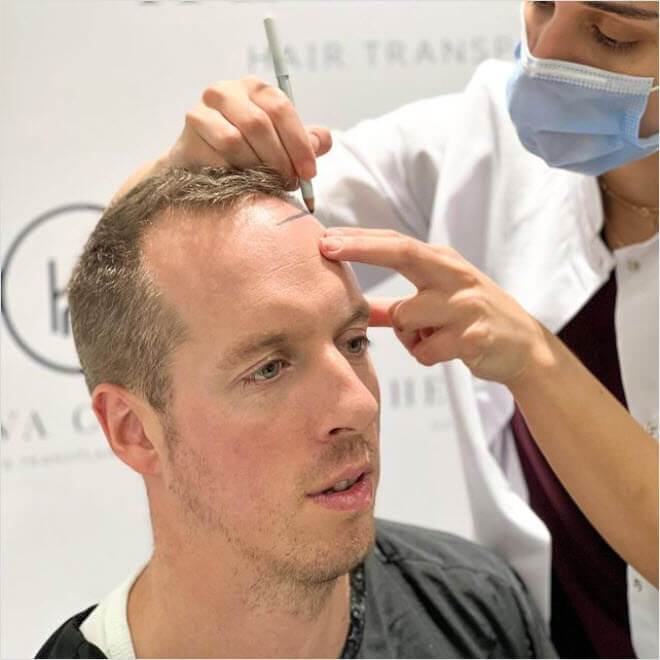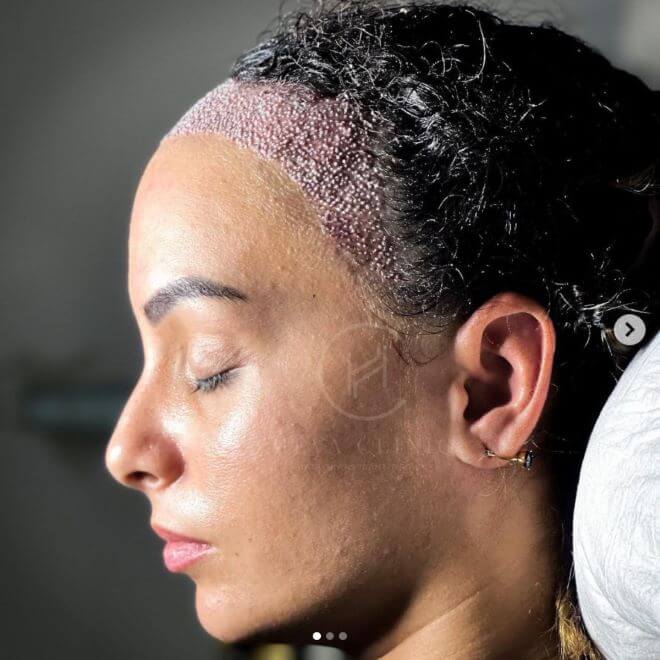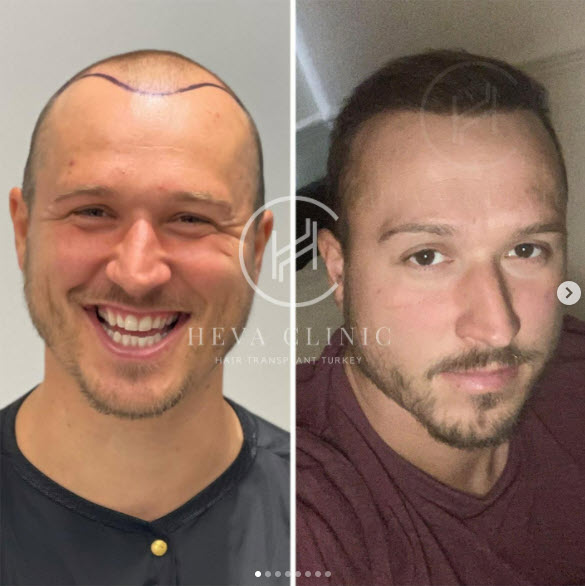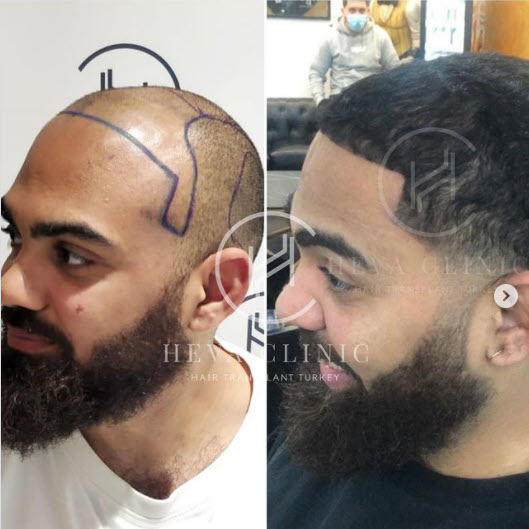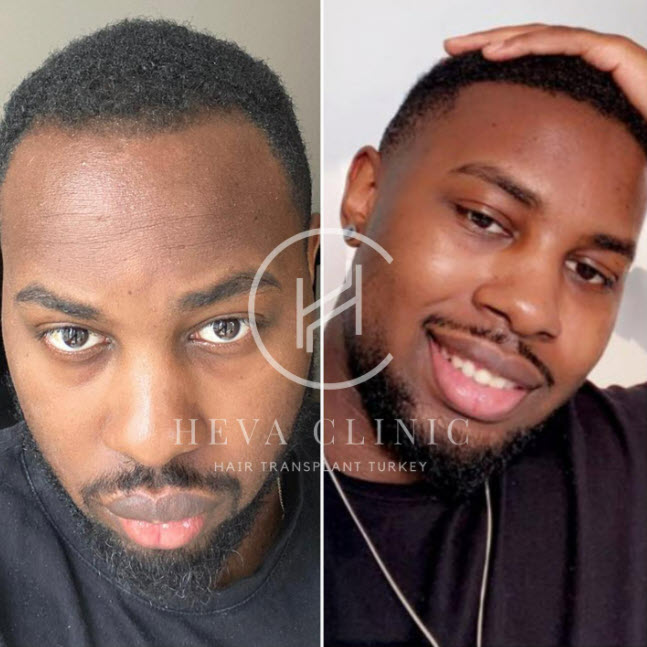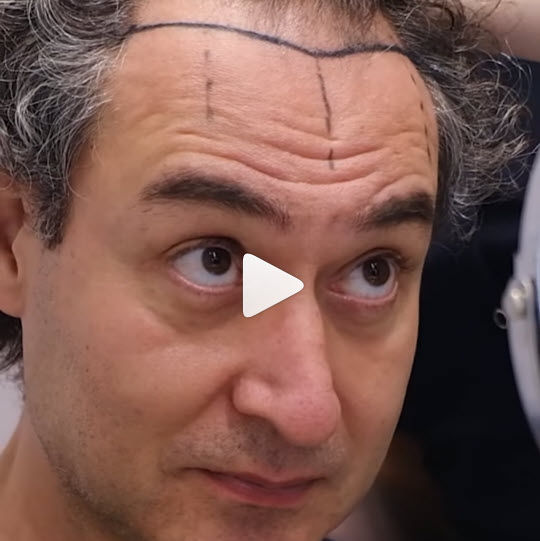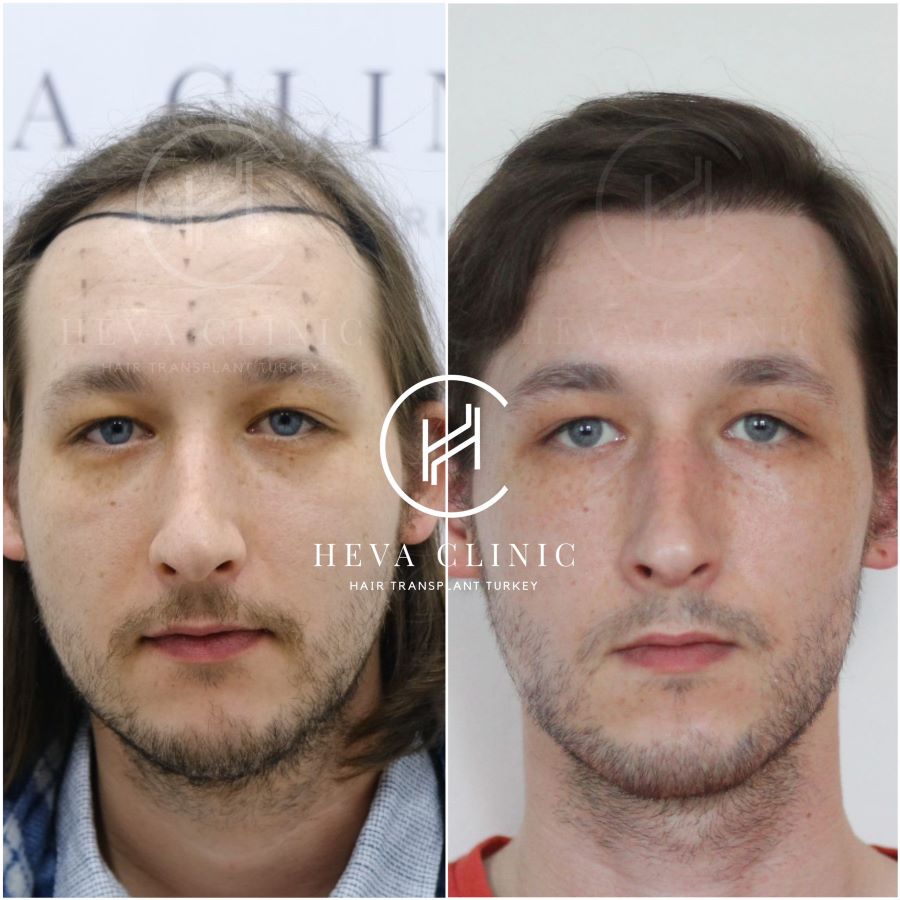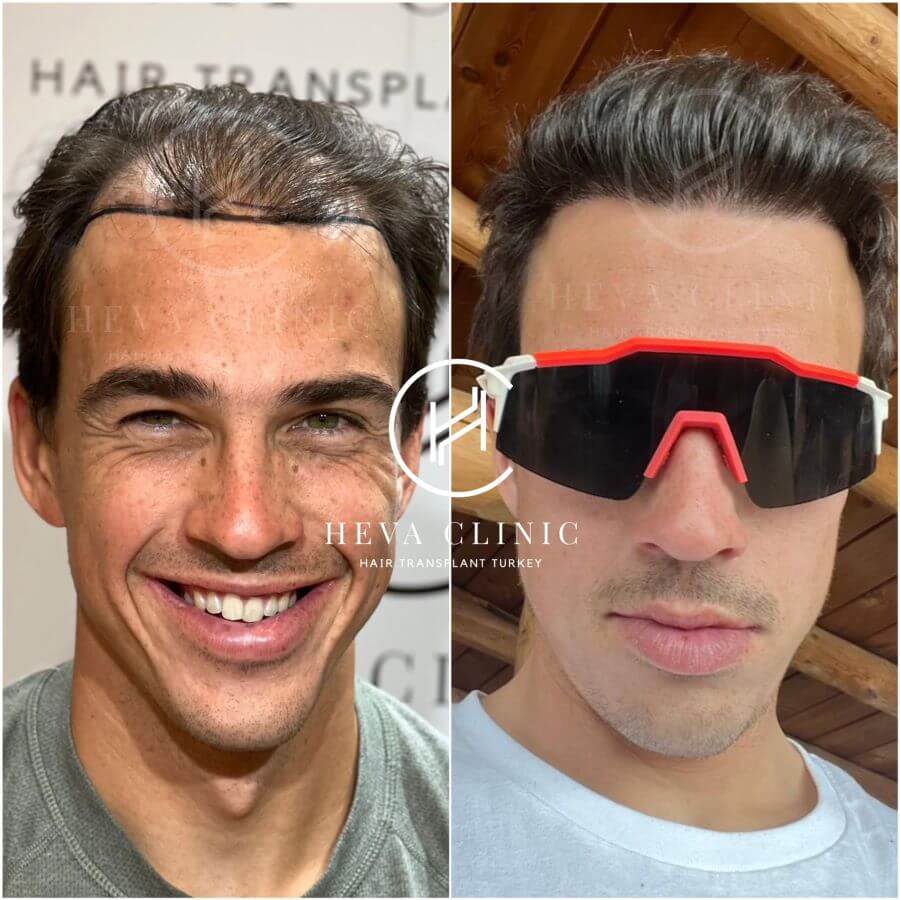There is a chance that you won’t be completely satisfied with the results in all aesthetic operations and hair transplant is not an exception. The best way to avoid these unpleasant outcomes is to understand what may cause failure.
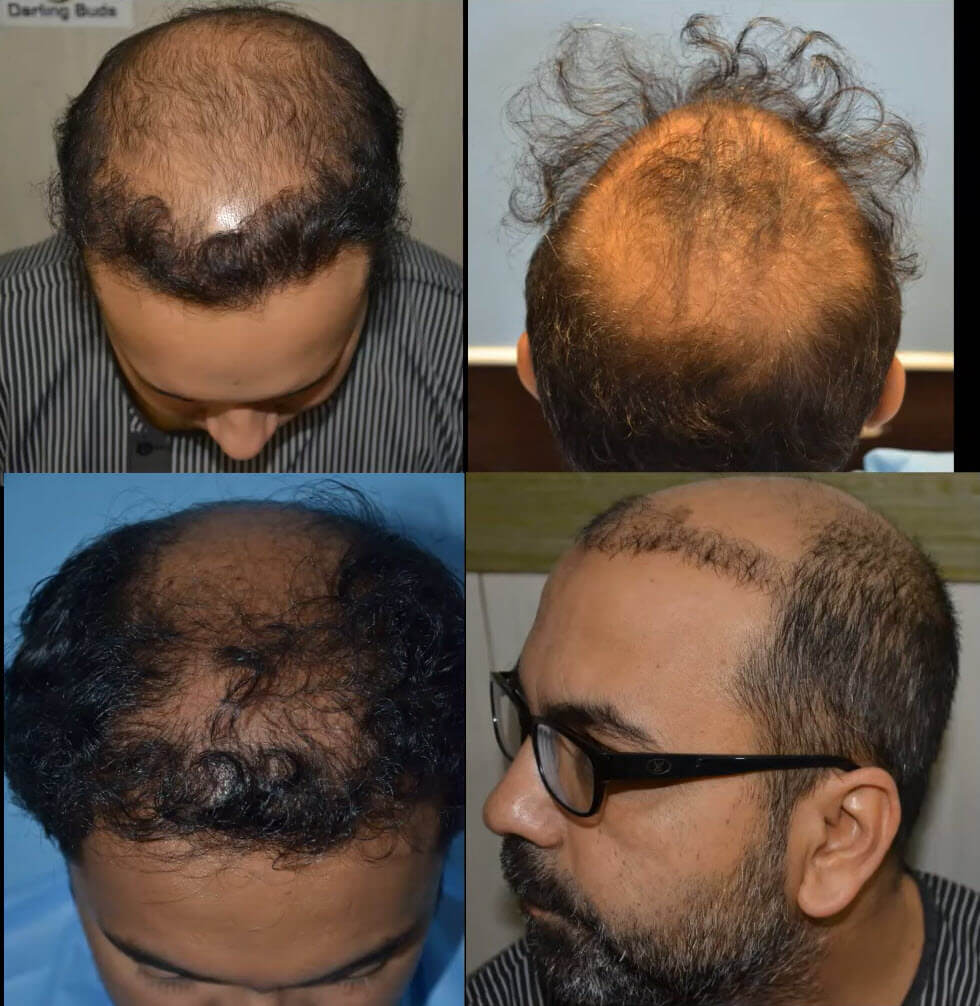
An example of wrong planning/unrealistic expectations | Source: darlingbuds.com
Hair transplant is a great aesthetic solution to severely thinned hair or balding. Because our hair has a great effect on our overall appearance, thinned hair or bald spots bother many people. A hair transplant can offer a permanent and natural looking solution to these problems. However, just like any other aesthetic operation, a hair transplant also carries a certain risk of failure.
If you have been thinking about getting a hair transplant but have reservations because of the potential of undesired results, keep on reading to find out what are the possible reasons of failure and how to prevent botched hair transplant.
5 main reasons of failed hair transplants
Even though the success rate of hair transplants is relatively high, there is still a considerable possibility of failure. Knowing the potential reasons behind a botched hair transplant can help you make a better decision throughout your hair transplant journey. A diverse range of factors can cause hair transplants fail including graft rejection, eligibility for hair transplant, non-realistic expectations, poor post-hair transplant care, and inexperienced clinic.

1 - Hair transplant graft rejection
Some patients can experience hair transplant graft rejection. Rejected hair implants lead to a failed hair transplant operation and unsatisfactory results. This condition can be linked to a disease called Lichen planopilaris (LLP) that may cause graft rejection. LLP is known as a type of primary scarring alopecia. This disease leads to inflammation at the upper regions of the hair follicle which causes the hair follicles to be replaced by scar tissue. Even though it has not been proved yet, some connections between hair transplant procedure and the development of Lichen planopilaris have been established.
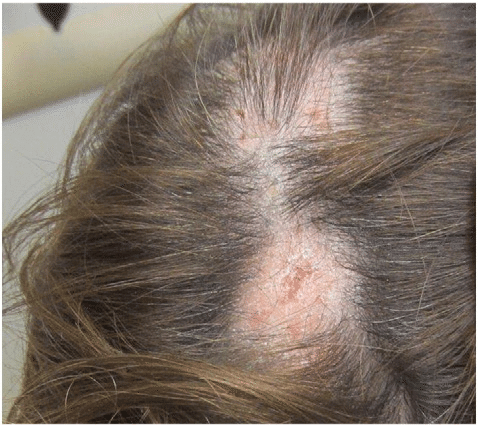
Lichen planopilaris (LLP) disease on the scalp | Source: University of Connecticut

2 - Not being eligible for hair transplant
Your general health and the specific condition of your hair affects the outcome of your operation greatly. The most important requirements for hair transplant are having a healthy and suitable donor area, being younger than 65 year of age (may vary), and not having blood-borne illnesses or haemophilia.
Sometimes, the health of the grafts at the chosen donor area and the age factor can be overlooked. Even though these factors seem like you can go around them, they have a direct impact on the success of your hair transplant. Underqualified donor grafts or hair grafts that are taken from different areas of the body may not perform as good as you would have hoped. This can lead to decreased hair viability and shedding after the hair transplant operation.
Choosing the wrong age for a hair transplant can also have counterproductive effects. If you are suffering from male or female pattern baldness, getting a hair transplant at the early stages can mean that you can get some bald patches down the line. Also, keep in mind that your hair needs to go through its phase of maturity as it can show a different pattern after a certain age. This age limit is usually said to be 22. So, it might be smart to wait until you can see how your hair loss progresses after this age.
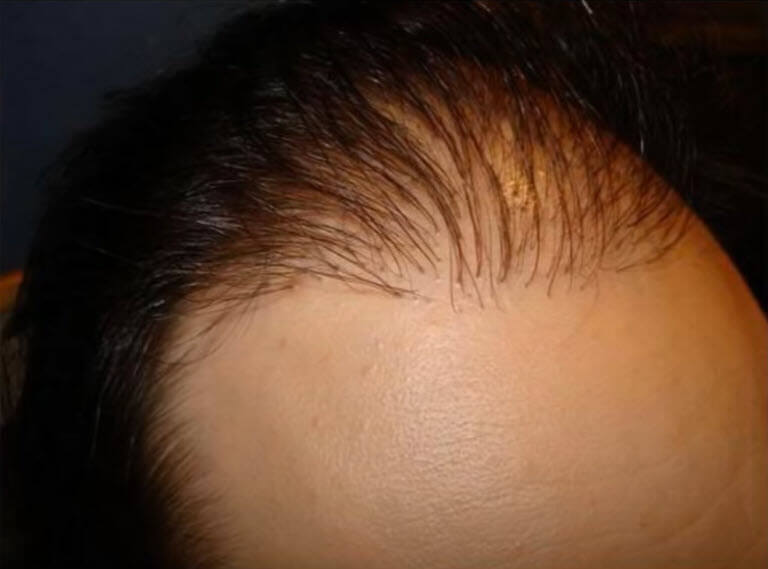
Low density hair transplant/hair loss after the operation | Source: Matt Dominance

3 - Non-realistic expectations
The outcome of your surgery will heavily depend on the specific condition of your hair. Understanding the limitations of your condition and avoiding non-realistic expectations eliminates the chance of unsatisfactory results. To avoid a hair transplant result that can seem “unsuccessful” to you, make sure that you openly communicate your goals and expectations with your surgeon. Your surgeon can advise you on what you can truly get out of your hair transplant operation and can warn you about your unrealistic goals. For example, if you don’t have an ample amount of donor grafts, it might be misleading to hope for a high hair density.
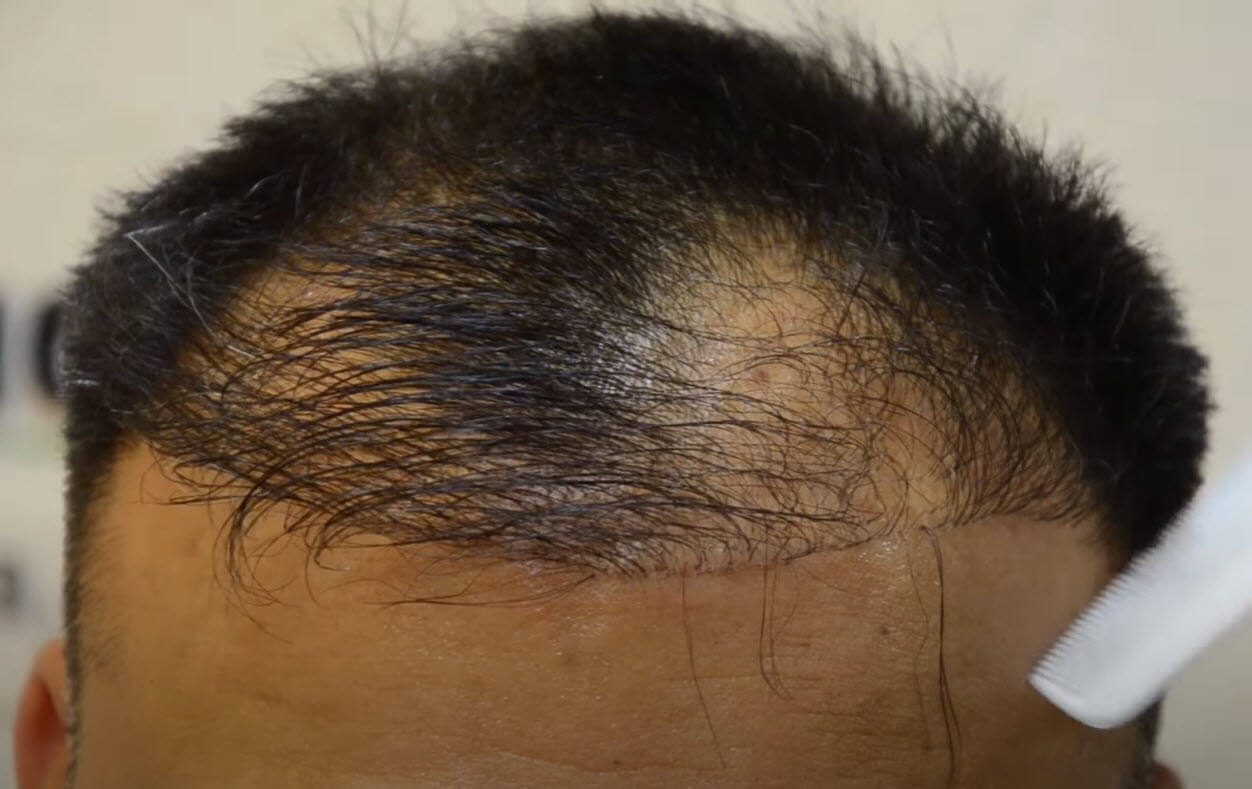
Non-realistic expectation/Wrong hairline planning | Source: Darling Buds

4 - Poor post-hair transplant care
Following your surgeon’s instructions after your hair transplant operation is an integral part of a successful hair transplant. Proper post-hair transplant care should support the newly transplanted hair follicles, help the healing process of both donor and target areas, and ensure as minimal damage to the hair follicles as possible. To make sure that you are giving your newly transplanted hair the care it needs, you can check our article on do’s and don’ts after a hair transplant.
After your operation, adjusting your sleeping position to avoid any friction on the transplant areas can decrease the chance of fall out. This way you can protect the hair follicles and reduce post-operation swelling. Similarly, it is important to avoid putting any pressure or causing any traction for the first few weeks after your surgery to protect the hair follicles.
You can include avoiding any strenuous activities, alcohol, extremely hot or cold showers, and sun exposure to ensure good aftercare that leads to better hair transplant results.
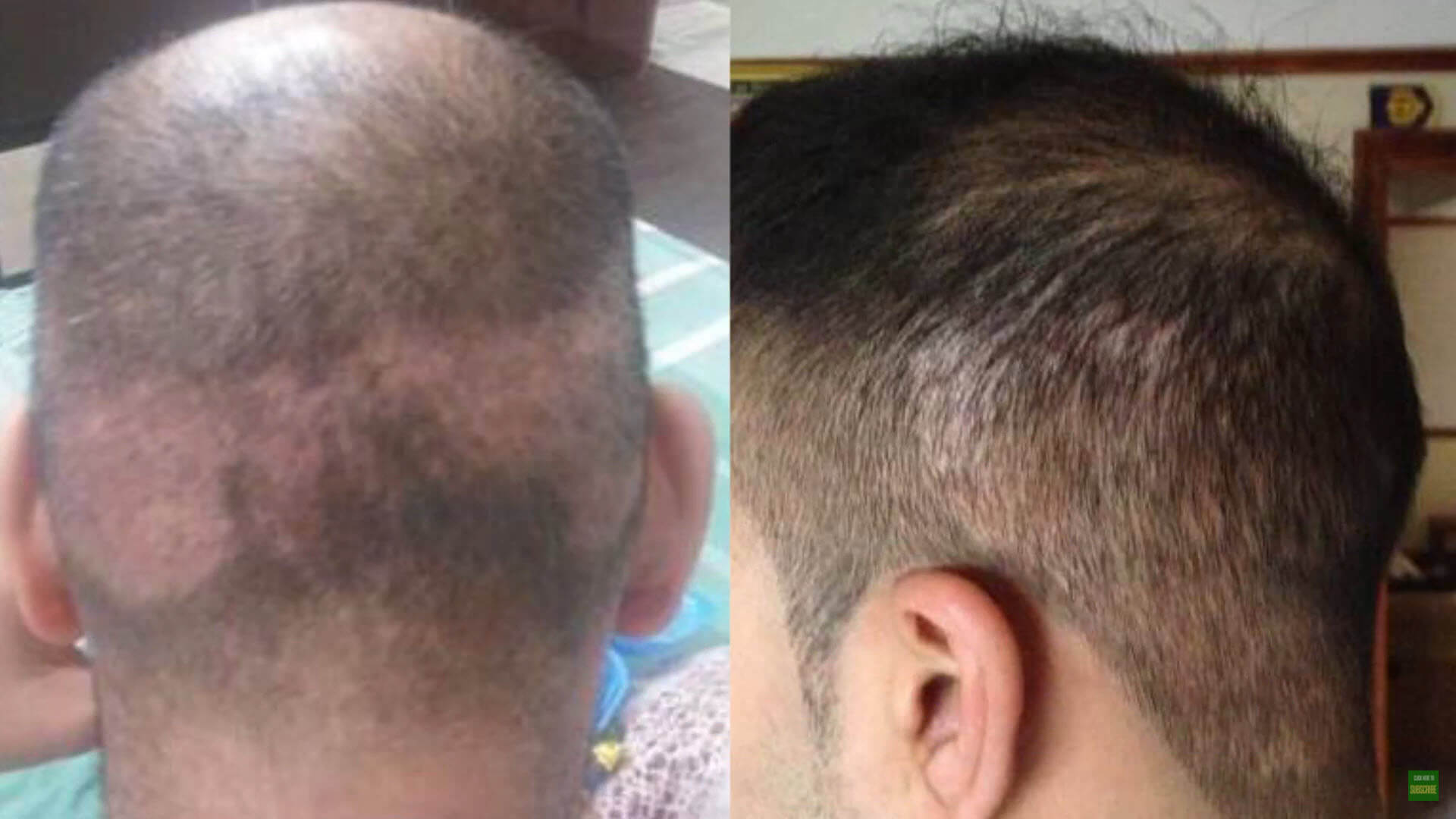
Overharvesting/Inexperienced clinic | Source: Darling Buds

5 - Inexperienced clinic
A failed hair transplant can also be the result of the wrong clinic choice. Because hair transplant is such a popular operation, a lot of clinics and surgeons have started offering hair transplant operation. However, not all of these clinics are experienced and professional enough to provide you with a great hair transplant result.
An inexperienced clinic may extract the wrong donor grafts that would not perform well after the transplantation process, or may overharvest the donor area. This can lead to higher shedding rates and unsatisfactory results. In addition to choosing the right donor grafts, they also need to be handled properly and stored in a suitable environment during your operation. Failure to protect the extracted hair grafts increases the effect of shock trauma and leads to post-surgery hair loss.
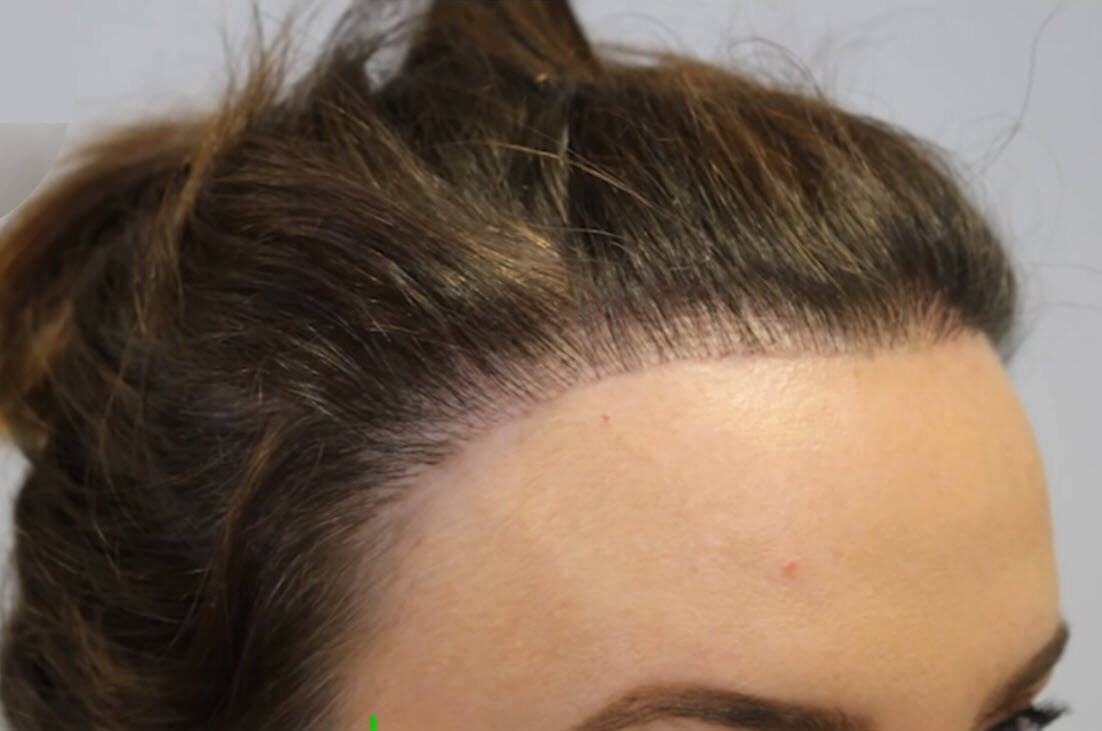
Unnatural hair transplant/Low transplanted hair density | Source: Matt Dominance
Question: What percentage of hair transplants fail?
Thanks to sophisticated methods developed recently and surgeons getting more and more experienced in the field, the failure percentage of hair transplant operations is only around 5-10%.
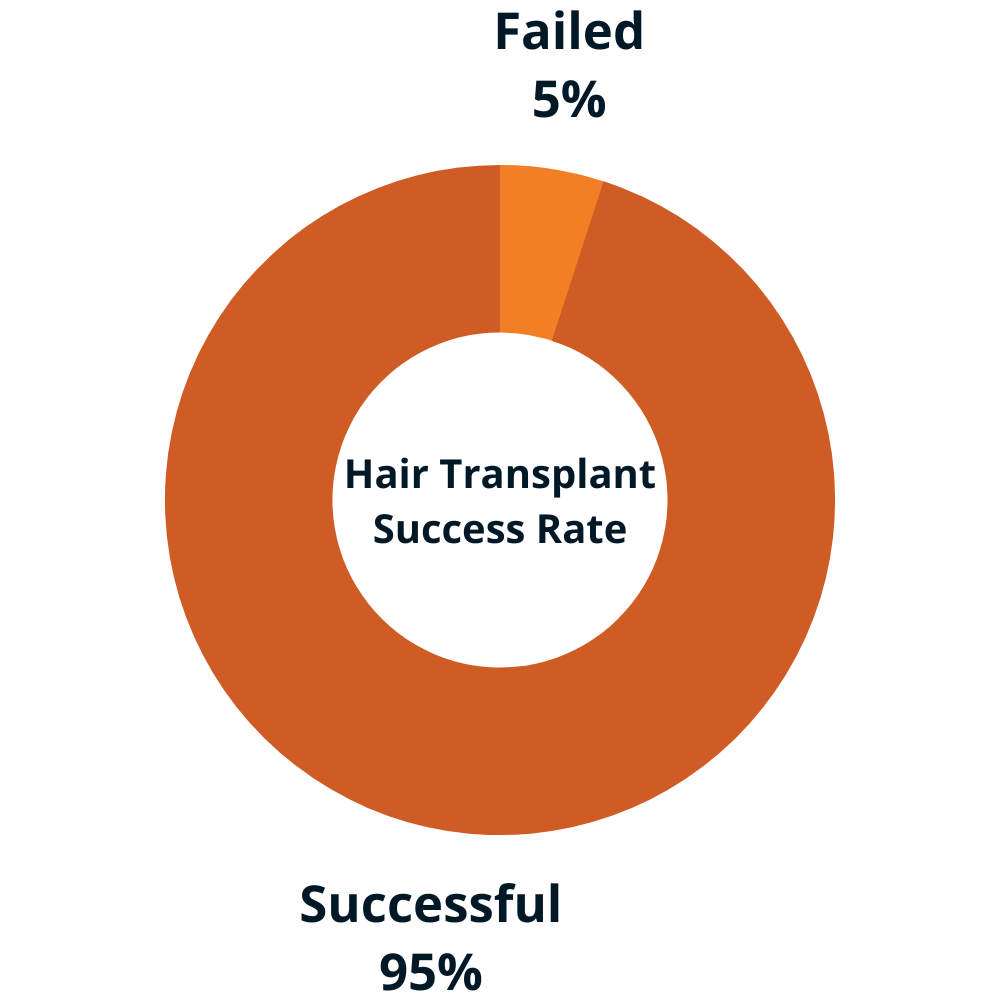
At Heva Clinic, our team of medical consultants and surgeons minimise all negative factors and honestly inform our patients in the light of science.
Solution: What happens if a hair transplant fails?
If you still have enough number of hair grafts on your donor area after a failed hair transplant, you can go through a 2nd hair transplant to fix the issue at least 1 year after your first surgery. You and your sugeon must be careful during the planning stage as the second hair transplant could be your last chance.
Our medical team recommends getting PRP hair treatments frequently and using Finasteride after a consultation with your doctor. In the worst case scenario, if you are out of healthy grafts, you may consider getting scalp micropigmentation.
How to choose a clinic to prevent hair transplant failure
Hair transplant failure is a terrifying possibility. Many people shy away from getting a hair transplant thinking that a failure would be worse than how they look right now. The best way to avoid a hair transplant failure is to choose a good clinic. If you are wondering how to choose a clinic, here are a few tips.

Have a video consultation with the medical team
On top of sending your photos from certain angles, scheduling a video consultation session can help you get to know your hair transplant team and allow them to get an idea about the condition of your hair. You can understand what kind of treatment you need without going to the clinic.

Make sure the staff is experienced in your hair type
Not every hair transplant procedure is the same. The procedure should be tailored to your hair type and the progress of your hair loss. If you have curly, thin, or afro-type hair, not every clinic might be experienced in your hair type. Make sure that the clinic you choose has a lot of experience in hair transplant operations similar to yours.

Find similar before and after photos and ask for details
You can ask for before and after photos to use as a reference and get an idea about the outcome you would get. Don’t hesitate to ask questions if you are wondering anything.

Talk to a previous patient about their overall experience
You can even talk to a previous patient to see if they are happy with the process and the results. What better reference than a former client?

